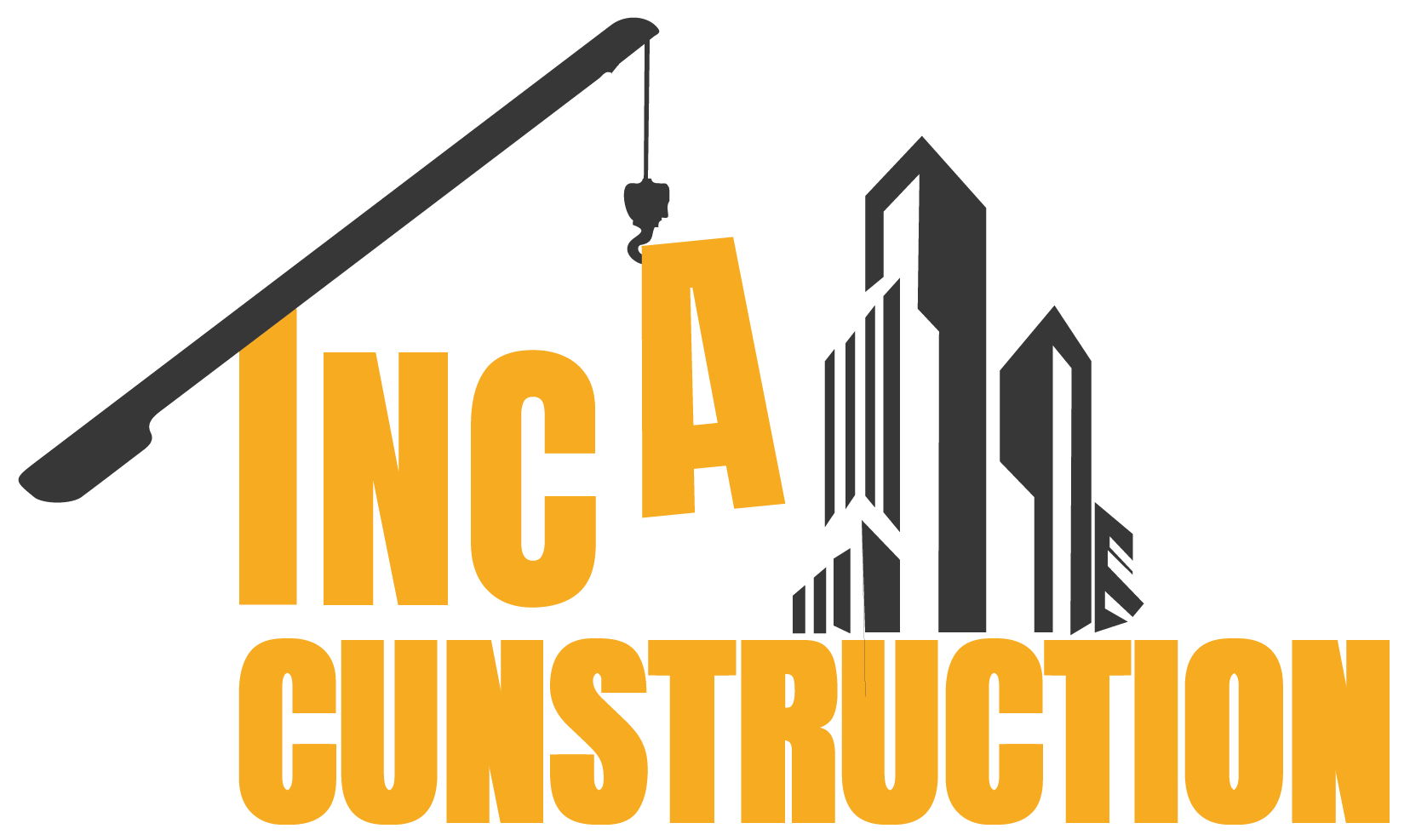You know, for a long time, I thought architectural style was just about how a building looks. Like, “Oh, that’s a Gothic cathedral, or that’s a modern glass box.” But diving deeper into architecture made me realize it’s way more than just aesthetics. It’s this cool blend of how a building functions, the materials used, and the cultural vibes behind it.
Let me share some of my experiences trying to understand architectural styles — the good, the confusing, and the surprisingly practical stuff that changed how I see buildings forever.
What Exactly Is Architectural Style?
At first, I thought style was just about pretty facades or fancy decorations. But nope. Architectural style is like the personality of a building. It’s the combo of design elements, materials, construction methods, and even the purpose the building serves.
For example, take the classic Victorian homes with their ornate trims and steep roofs. They’re not just pretty; those steep roofs were practical for shedding snow and rain. Or think about the minimalist modern style — clean lines and open spaces aren’t just for show, they’re about functionality and simplicity.
What blew my mind was realizing that architectural style reflects the era and culture it comes from. Like how Art Deco screams 1920s glamour and optimism, while Brutalism feels raw and utilitarian—sometimes a bit harsh, but honest in its materials.
How Aesthetic and Functionality Go Hand in Hand
One mistake I made early on was admiring buildings purely for their looks without thinking about how they work. I remember visiting a super sleek glass skyscraper and thinking, “Wow, so cool!” But then I learned that those glass walls can cause massive heat gain, making cooling the building a nightmare. So, architects have to balance beauty with practical things like energy efficiency and climate.
In fact, many architectural styles evolved because of function. Take the Prairie Style, popularized by Frank Lloyd Wright. Its horizontal lines and overhanging eaves weren’t just design choices—they helped the building blend into flat landscapes and provided shade, reducing cooling needs.
Even traditional Japanese architecture, with sliding doors and tatami mats, is designed around flexibility and the natural environment. It’s a reminder that style isn’t just about making a statement but about creating spaces that fit how people live.
My Journey Learning About Different Styles
I’ll admit, I got overwhelmed trying to memorize all the styles at first. Gothic, Baroque, Neoclassical, Postmodern, you name it. But what helped was visiting local buildings and really observing them.
There’s this old courthouse in my town that’s all neoclassical with its tall columns and symmetry. It feels grand and authoritative, right? That style was meant to convey stability and democracy, which makes sense for a courthouse.
On the flip side, I toured a tiny cabin designed in the Scandinavian style — super minimal, lots of wood, and tons of natural light. It felt cozy and functional, perfect for cold climates.
These visits made me realize that architectural style isn’t just textbook definitions. It’s about context, purpose, and even emotion.
Why Knowing Architectural Style Matters
You might wonder, “Why should I care about architectural styles if I’m not an architect?” Well, I found that understanding styles helps you appreciate buildings more and even make smarter choices if you’re buying or renovating a home.
For example, if you love mid-century modern, knowing its principles helps you pick furniture and decor that complement the space. Or if you’re renovating a historic home, understanding its style can guide you to preserve its character instead of accidentally ruining it.
Plus, architectural style influences property value and neighborhood vibes. So, it’s not just about looks — it’s about how a building fits into its environment and community.
Wrapping It Up: Style Is More Than Skin Deep
So yeah, architectural style is this fascinating mix of art, science, culture, and function. It’s about how buildings look, sure, but also how they work and what they say about the people who built them.
Next time you walk past a building, try to think beyond the surface. Ask yourself: What’s the story here? How does this style serve its purpose? You might be surprised how much architecture can teach you about history, culture, and even yourself.

